Is this infamous ’80s Maserati a sneaky great deal?
Want a better understanding of what’s driving collector-car values? Sign up for the Hagerty Insider newsletter.
Let’s get this out of the way: The Maserati Biturbo has a bit of a bad reputation. Well, that might be an understatement. Really bad is more like it. More than one Maserati mechanic of the 1980s and ’90s probably sent their kids to Harvard purely off the repair bills footed by Biturbo owners.
And yet, there are plenty of passionate enthusiasts out there who love these cars. Now values have been growing, too, including a whopping 44 percent in the last quarter.
In the early 1980s, turbocharging was still a relatively novel technology in production cars. Two turbochargers? Well, that was difficult. Remember that turbocharging setups in modern cars are managed by sophisticated computers and direct injection, neither of which were available in this era.
When Maserati strapped a pair of turbos to the aptly named Biturbo’s V-6 engine, the arrangement was a first for a production car—and for good reason. The company wrapped this drivetrain in a distinctive in-house design and presented the world with a relatively affordable (for a Maserati) luxury sports car.
The car was a strong seller initially. The North American–market 2.5-liter, all-aluminum V-6 produced 185 hp. Quite impressive considering that in 1984, the car’s first year in the United States, a Corvette made 205. Later Biturbos had 225 hp, benefitting from intercooling, fuel injection to replace a finicky Weber carburetor and a displacement bump to 2.8 liters.
With its unique looks and potent engine, the Biturbo offered a characterful alternative to the German sedans that were quickly grabbing U.S. market share. But it wasn’t long before consumers discovered the fly in the ointment: reliability.
Once again, context helps. At this point in the 1980s, a few years before the Japanese brands redefined the segment, consumer expectations for reliability in a sporty luxury car were still reasonably low. Italian sports cars on the whole are famous for being fiddly, and many are extremely rust prone to boot. So, the fact that these attributes apply to the Biturbo is not noteworthy. Where the problems are amplified, however, is the frequency at which issues can arise if cars are not religiously maintained.
Compounding the problem was the fact that the Biturbo was a “down market” model for Maserati, and many owners thus did not have wallets ready for the wallop of an Italian exotic’s repair bill.
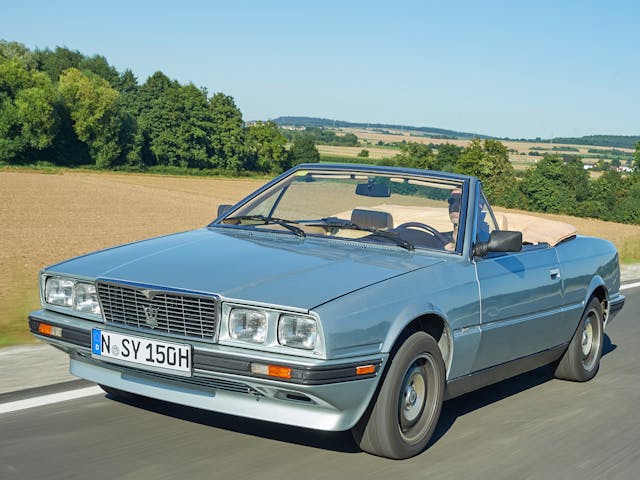
That caveat is still relevant today when we talk about the Biturbo. A standard Biturbo Coupe can run as little as $12,000 for an exceptional example (and trust us, you really do want an exceptional example). A striking Zagato Spider will run you around $25,000 for a prime example. Considering the widespread appreciation for Radwood-era cars, that’s incredibly cheap—a contemporary Volkswagen GTI in top shape can stretch you closer to $30,000.
Consider that low entry cost the market’s attempt to price in the cost of ownership. The reliability issues that have plagued the Biturbo since new have been compounded by the difficulty of finding the necessary components to keep one in top mechanical shape. Sellers who know what they have are not likely to part ways with their parts cheaply.
So none of this deters you: Those boxy ’80s lines beckon, and you’ve found that you can’t resist the allure of an Italian car. You want a Biturbo. Hey, we get it—each of us at Hagerty has our own niche tastes, too. And judging by Biturbo’s recent uptick in value, for both Spyders and coupes, you’re not alone.
We’d simply say that the usual advice when shopping for a classic—buy the best and most mechanically-sorted example you can find—becomes an absolute must. Don’t settle. There are loving owners out there who have taken care of their Biturbos, and as a result have few issues with them. If you vet the seller as much as the car, you’ll have yourself a cool, reliable Maserati you can enjoy without breaking the bank.
Also know that you are investing in a car that is for your own enjoyment rather than something that will necessarily yield a return down the road. (This is always healthy advice, but it’s a bit amplified in this instance.) The big rise in value with these cars has more to do, we wager, with the market as a whole being up than what we would call a resurgence in interest.
The pace of appreciation we’ve noticed lately for this entry-level Maserati is unlikely to continue. What we can guarantee is that there aren’t that many ways to get a more exclusive car for less money. That in and of itself might just be enough.

***
Check out the Hagerty Media homepage so you don’t miss a single story, or better yet, bookmark it. To get our best stories delivered right to your inbox, subscribe to our newsletters.
Via Hagerty Insider
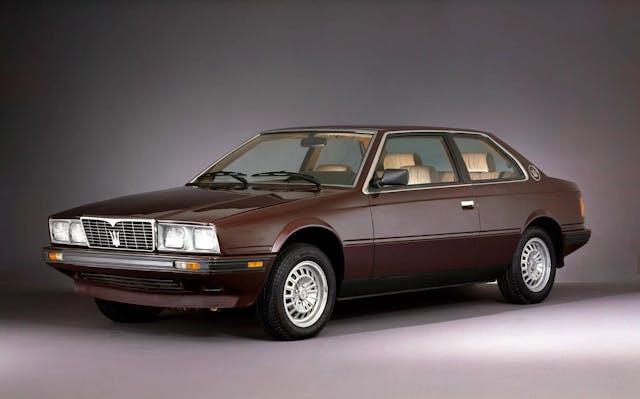
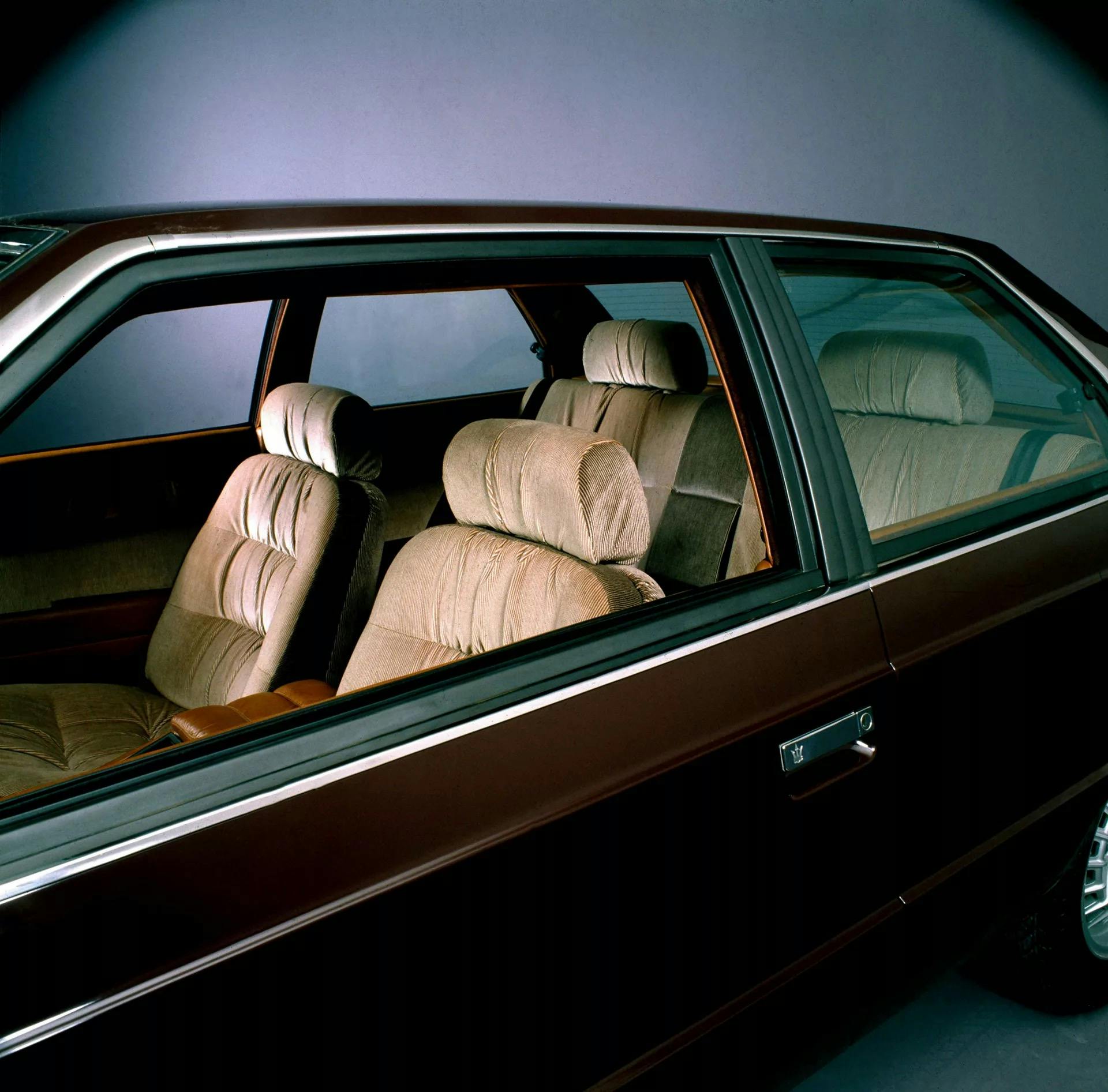

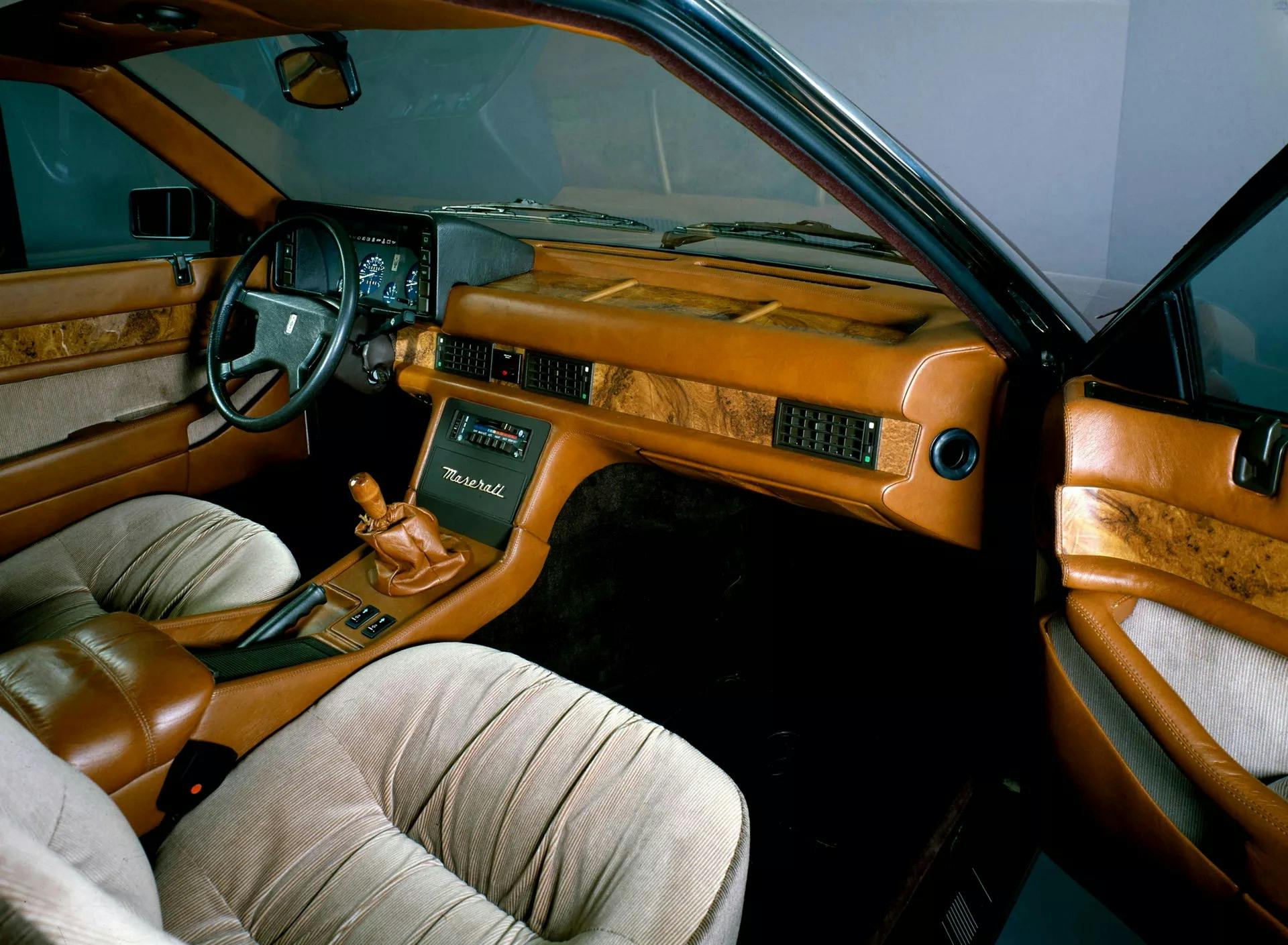
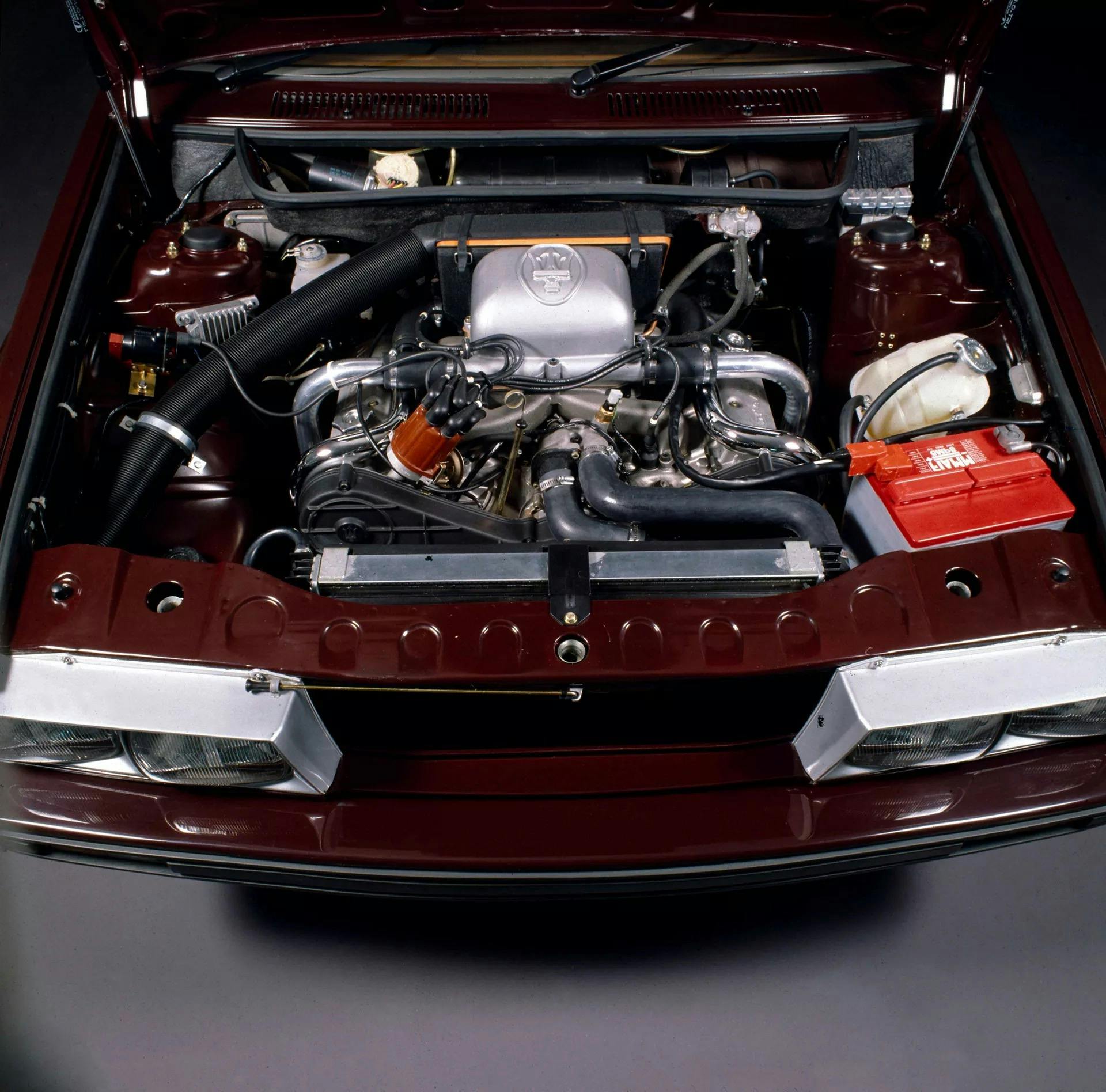
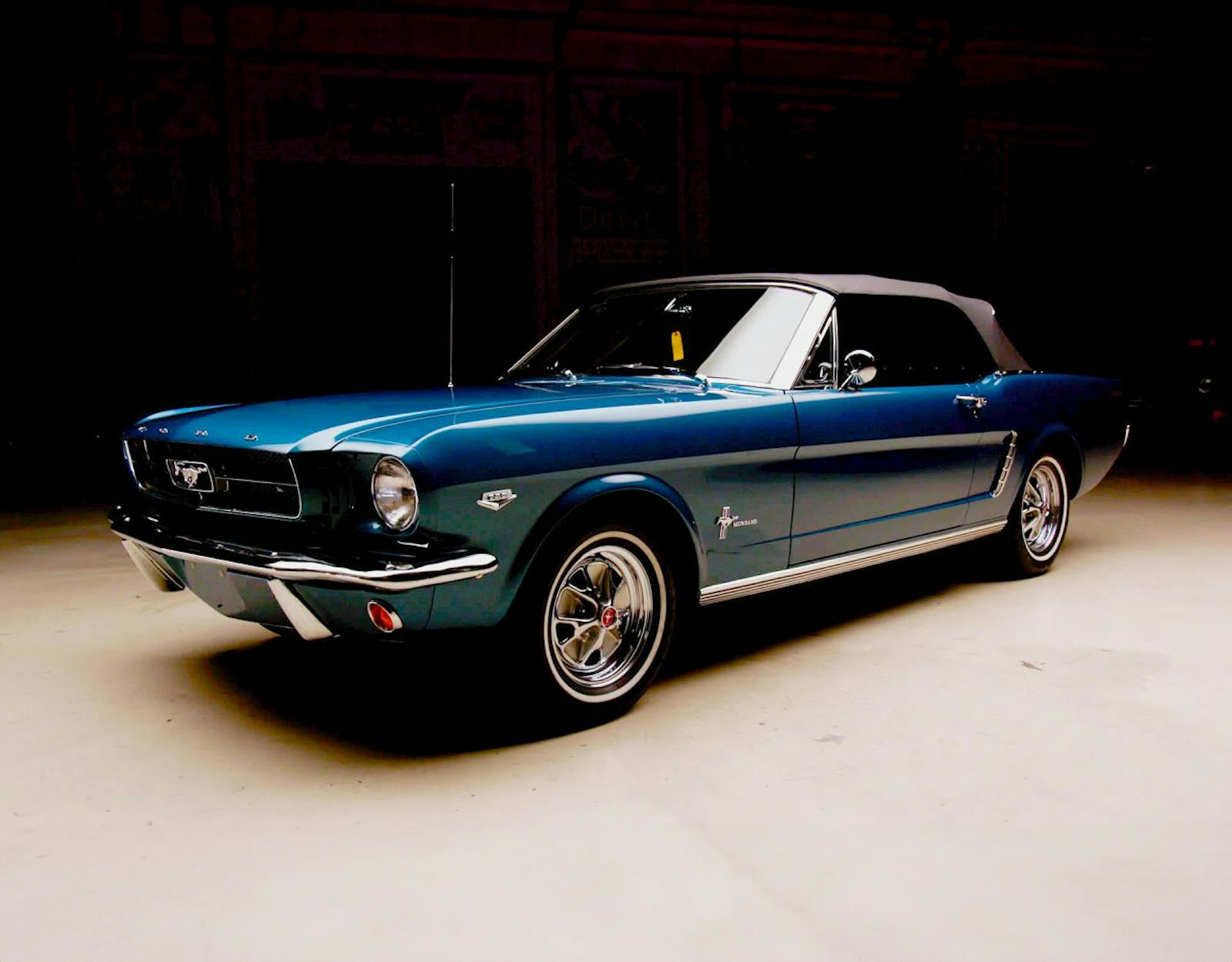

The best thing to do on one of these is to walk away fast. They may be affordable to buy but unless it is rust free and you can do the work and know where to get the parts it is a money pit.
This was an era Maserati was living on a past rep.
High end Italian cars are not always expensive to buy but often they are very expensive to maintain. Rust has always been an issue. Ball joints with no fittings and timing belts that can be in need of a change by 25,000 miles are the norm. They do take a good amount of care and feeding.
We had played with some Fiats and while fun they were labor intensive and we were lucky to have parts cars. We were able to do it cheap but Ferrari and the others can add up the cost.
If you do one of these have deep pockets and a deep love for the car.
I do have to say the seats were some of the best of the 80’s.
If there ever was a poster child for electrification! Wheeler Dealer did one years ago. All the understated Itslian sexyness in a functional package.
If there ever was a poster child for electrification! Wheeler Dealer did one years ago. All the understated Italian sexyness in a functional package.
The 1996 “Sh*tbox Market Letter” offered the following, alongside priceless gems on Renault and Cimarron.
Biturbo Means Big Trouble
If you believe owning a Maserati Biturbo is going to do something for your image, I suggest your image would be more rationally enhanced if you start sporting a Nehru straightjacket. These cars are a cruel italianophile joke gone bad. They are meant not to be driven.
Bad Time
Since the term automobile implies self-propulsion, I cannot refer to the Biturbo as such — rather it is a clock, garishly surrounded by pigskin. If you really like to waste money, go for the spyder (at four times coupe price) and you won’t even be assured of keeping your clock dry.
Buy Low, Sell Parts
Do not make the mistake of buying a Biturbo with intent to drive! The Maserati factory has finally gotten wise and is now selling den chairs made from Biturbo seats. Every car is a parts car. If you can find a running example (without fire damage) for under $1000, it could be worthwhile selling à la carte.
Thé first law of automobile ownership applies here: If you can not afford a new one, you really can not afford a used one…. Especially a 40 year old Italian rust bucket hanger queen. Run do not walk away from the idea of owning one of these.
Boy that chocolate brown is beautiful.